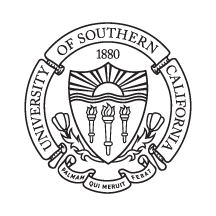Message Persuasion in the Pandemic: U.S. and Chinese Respondents’ Reactions to Mediating Mechanisms of Efficacy
Abstract
In the context of the COVID-19 pandemic, this study derives from construal level theory and integrates self-construal, temporal framing, and narrative strategies to test the interactions between these variables. Two experiments entailing two culturally sensitive variables—self-construal (interdependent vs. independent) and temporal framing (present vs. future oriented)—were conducted with some similar patterns identified between cultures: For one, narrative persuasion can successfully increase the matching effect of interdependent self-construal and present-oriented temporal framing on eliciting higher intentions of preventative behaviors; nonnarrative messages, on the other hand, are more effective to enhance the matching effect of independent self-construal and future-oriented temporal framing. The study also confirms the mediating role of self-efficacy. When “collective efficacy,” a multilayered mediator was added to the hypothesized model, it was found that Chinese participants attained collective efficacy at familial and national levels, whereas American participants’ behavioral intentions were mostly mediated by collective efficacy at familial and organizational levels. Theoretical and practical implications are discussed.










